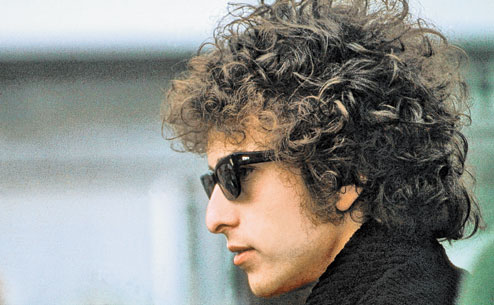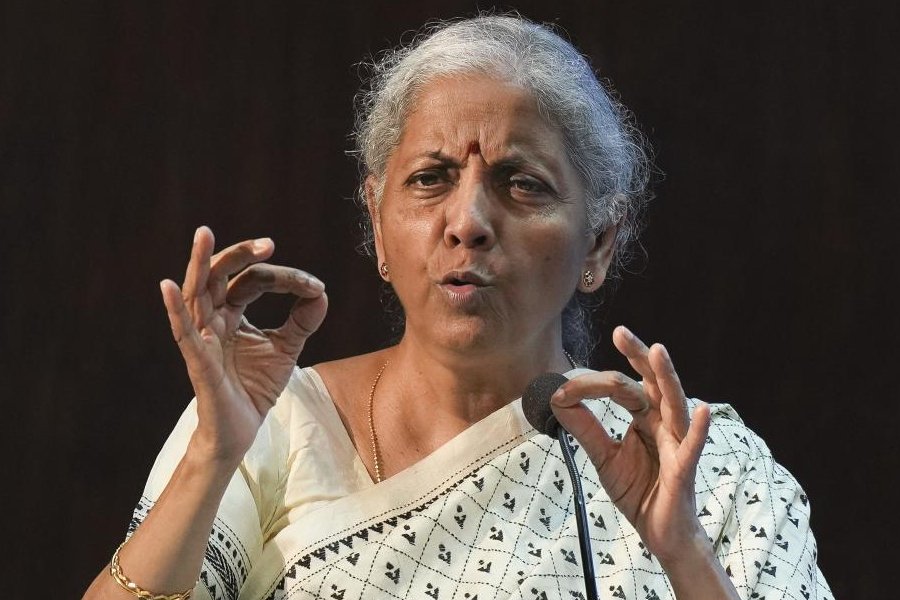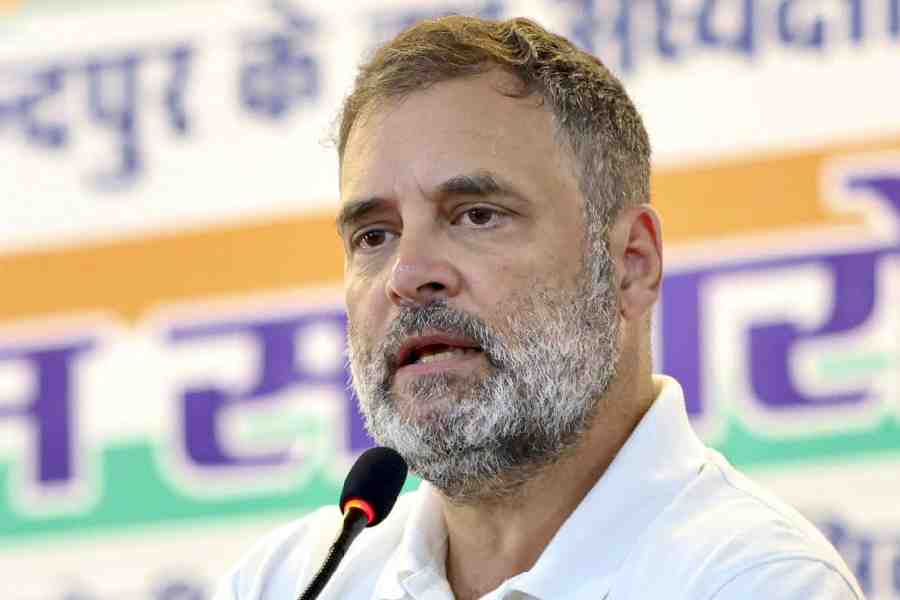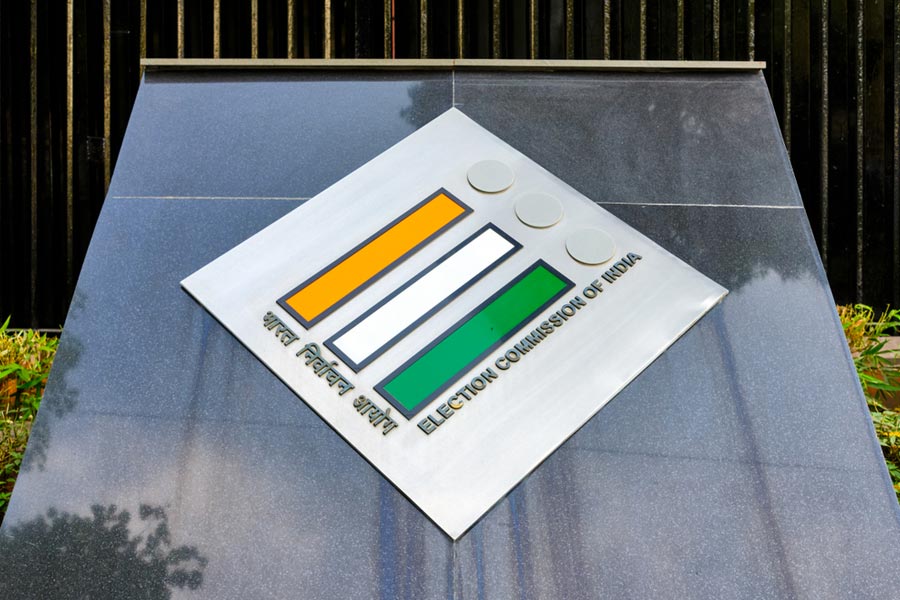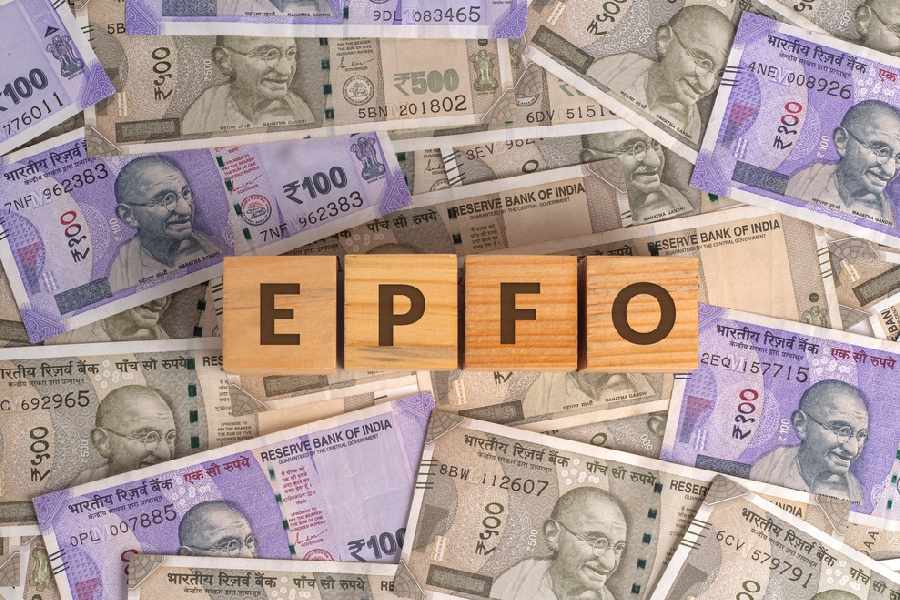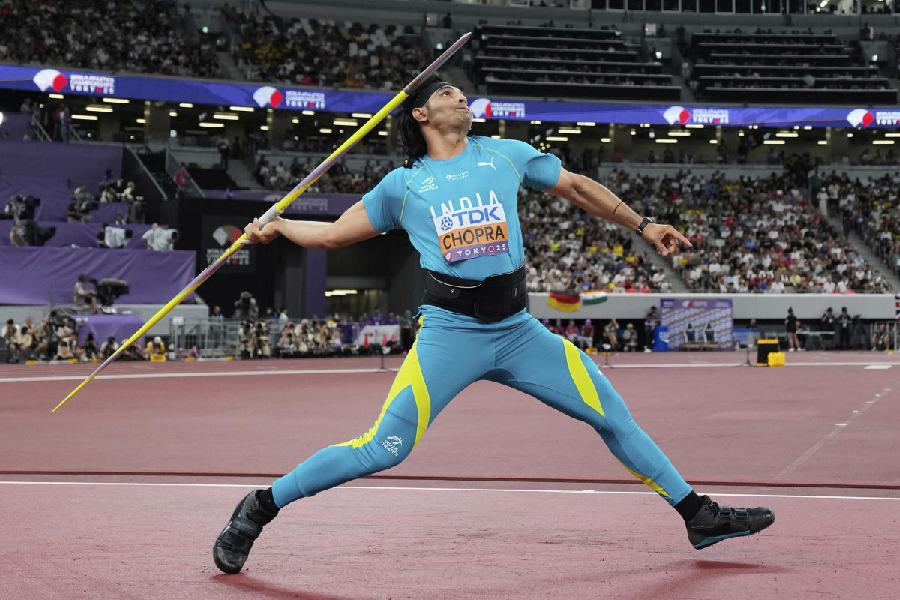 |
Fifty years ago, a cherubic-faced young man of 20, guitar slung casually across his shoulders, released an album of 13 songs, mostly traditional country and blues numbers, but also two originals, produced by the legendary talent scout and music producer, John H. Hammond. The album did not go down too well with the critics.
Initial reception of the album was poor; critics thought that Hammond — who had discovered, among others, Benny Goodman, Charlie Christian, Billie Holiday, Count Basie and Pete Seeger, and was largely responsible for the blues-folk revival in the US — had made a mistake. The young man was referred to as “Hammond’s folly” in record circles.
He turned out to be Bob Dylan, whom his ex, Joan Baez, referred to as the “original phenomenon” in Diamonds and Rust.
The year 1962 was the annus mirabilis for rock music. Half a century later, with the benefit of hindsight, it’s easy to see why: this was the year that Dylan burst upon the scene. Across the Atlantic, in London, a group of four Liverpool lads auditioned for Decca Records and were rejected; they come out with their first single, Love me do, in October, and the world came to know The Beatles. Believe it or not, 1962 was also the year in which Mick Jagger and Keith Richards met Brian Jones at a blues club in London — and The Rolling Stones were born.
Fifty years on, what makes Dylan — he of the gruff voice, unintelligible enunciation and deliberately elliptical lyrics — tick? In Calcutta, which fancies itself the country’s “intellectual” capital, we asked a section of people what they saw in him. There have been individuals who are much, much better singers and lyricists who are as good, after all.
Singer-songwriter-film-maker Anjan Dutt says he would rate Dylan “higher than Tagore” when it came to songwriting. “He is one of the greatest songwriters till date. His writing is so simple yet so meaningful and no one has ever been able to combine these two powerfully,” he says. “Dylan’s songs are like literature to me; he is the Shakespeare of music.” What, then, is the essence of Dylan? People talk about him in the same breath as Tagore and Shakespeare, so what is he exactly? Songwriter or poet?
Dylan himself is of no help. In a press conference in 1965, he was asked whether he considered himself a poet or a songwriter. “I think of myself more as a song-and-dance man,” he had famously answered.
Former Oxford professor of poetry Christopher Ricks, who has written scholarly books on T.S. Eliot and John Keats, argues in his book Dylan’s Visions of Sin that Dylan is among the best poets of all time, on the same level as Milton, Keats and Tennyson. According to Allen Ginsberg, the lyrics of Idiot wind (Idiot wind, blowing like a circle around my skull/From the Grand Coulee Dam to the Capitol) made it the “great disillusioned national rhyme”.
Dylan has been nominated for the Nobel Prize for literature every year since 1966 and the lyrics to his song Mr Tambourine Man appears in the Norton Introduction to Literature.
“Yippee! I’m a poet, and I know it/Hope I don’t blow it”, go the lyrics to I Shall Be Free No. 10. Arunima Banerjee, the lead singer of the Saturday Night Blues Band, also knows it. She listens to Dylan “because his lyrics are poetry”.
Senior advertisement professional and freelancer Anjana Dutt would agree. She listens to Dylan “despite his nasal twang” because “his songs have passion. And though others, with ‘better’, smoother voices have sung his songs, his own rendition of them sounds purer somehow”.
First and foremost, Dylan is an “intelligent artiste”, says guitarist Amyt Datta. “He may not be a conventionally good singer but I personally like his singing. He is a reflection of how an artiste should be. He gives that vibe of being an intelligent artiste — be it writing lyrics for a song or structuring the chords or scoring a tune. It’s a kind of fine art and Dylan, in his own way, is thoughtful, imaginative and grabs attention without trying too hard.”
Another thing about Dylan, most people would agree, is that he has constantly kept changing. He has, at various times, been a poet-protester, an amphetamine-fuelled rock star, a recluse, a reluctant prophet. Todd Haynes, the director of the 2007 film I’m Not There, got six actors — one of them an African-American boy and another a woman (Cate Blanchett) — to portray different aspects of Bob Dylan’s life and music.
It was an outrageous idea but it worked brilliantly because Dylan is all of them and none of them at the same time. He has written fiercely anti-establishment lyrics like “Advertising signs they con/ You into thinking you’re the one/ That can do what’s never been done/ That can win what’s never been won/ Meantime life outside goes on/ All around you”. Then he goes and acts in an advertisement for Victoria’s Secret lingerie with Brazilian supermodel Adriana Lima cavorting in bra and panties, prompting headlines like “Tangled up in boobs” and “The undies, they are a changin’”. He was, with his topical “finger-pointing” songs, one of the foremost voices of the folk movement, and then he goes and stuns the crowd at the 1965 Newport Folk Festival with a full-on electric sound that almost drowns out his voice. You could never put a finger on what this man would do next.
It is this passion for change that Anjan likes. “What I like about him is that he has constantly changed,” he says. “From ballads and blues to writing about the working class to the Vietnam war to rock ’n’ roll, what Dylan gave to popular music is intellect. That’s what Jack Nicholson had said about him and it’s very true.”
Calcutta mostly likes him in his poet-protester avatar. When asked the question “Which is the real Dylan in your view? As protest singer or as a rock god?”, most respondents chose the former. “Definitely Dylan as protester,” says Arunima. “His words are just screaming protests, in every situation possible — be it personal relationships, politics, or just plain and simple everyday existence. And yet, he does it in the subtlest way possible, with a healthy dose of sarcasm thrown in. Can you beat a line like ‘Come mothers and fathers throughout the land/And don’t criticise what you can’t understand’? I am a mother of two and the lines still move me and make me think twice when I am dealing with my kids.” Metro columnist Kushal Biswas concurred. “The protest writer, I think. Didn’t he himself claim once that all his songs were protest songs?”
“As far as I am concerned, he is forever protesting,” says Rohan Ganguly, the lead guitarist of The Supersonics. “Not just for rights and all that stuff but in general too.... There is always this bitterness to his lyrics which I like.” Amyt wouldn’t go into classifying Dylan. “To me, he is firstly a true musician through which he makes his statements and protests,” he says.
Anyrvan Mazumder, songwriter for the band Lakkhichhara, feels neither the poet-protester nor the rock god is the real Dylan. Dylan is “neither of the two. He is the most independent, original, influential and responsible singing poet of our time,” he seems.
Should the real Dylan ever decide to stand up, it would probably be a crowd.
It’s unfair to ask a fan what his/her most favourite Dylan song is, but we went ahead and asked, at the risk of sounding banal. Anyrvan went ahead and named eight albums: “The Freewheelin’ Bob Dylan, Another Side of Bob Dylan and The Times They Are a-Changin’ for his unique fingerpicking, new-world urban American poetic flavour; Bringing It All Back Home, Highway 61 Revisited and Blonde on Blonde for their romanticism and brilliant collaborations with Robbie Robertson, Mike Bloomfield and Al Kooper; Blood on the Tracks and Desire for the powerful love songs and excellent accompaniment by Jacques Levy.”
Arunima’s personal favourite is Don’t Think Twice, It’s All Right “because the words ‘I give her my heart but she wanted my soul’ and ‘I ain’t sayin’ you treated me unkind/ You could have done better but I don’t mind/ You just kinda wasted my precious time/ But don’t think twice, it’s all right” — they just get me every time! I’m also kind of crazy about I Shall Be Released for personal reasons.” Kushal’s favourite depends “on how I’m feeling: Sara, I Want You, Love Minus Zero/No Limit, Lay Lady Lay — love songs with attitude!”
Anjan’s favourite is “A Hard Rain’s A-Gonna Fall. Because it’s so relevant even though it was written during the Vietnam War. I came down from the hills [he was a student at St. Paul’s Darjeeling], as a romantic person and that’s when Bengal was being torn apart by the Naxalite movement. I heard the song and it helped me understand poverty, deprivation and I learnt to love Calcutta.”
As for Anjana, it’s Just Like A Woman. “Because to me it’s about the strengths and vulnerabilities of women. Though Dylan has been criticised for sounding like a misogynist, I feel there’s an underlying affection and sense of indulgent acceptance in the chorus (She takes just like a woman, yes she does/ She makes love just like a woman, yes she does/ And she aches just like a woman/ But she breaks just like a little girl).”
Calcutta literally revels in Dylan and there’s nary a soul who wouldn’t be able to name at least one song (though it’s Blowin’ in the Wind, nine times out of 10.) Anjan feels he is perhaps loved more in Calcutta than in any other Indian metro. “I’ve been to lower middle-class Bengali families in the suburbs where they know about Dylan and his songs. They might not be able to pronounce his name properly but they know him. The tradition of lyric writing is important to Bengalis and that is probably why they feel a certain love for his protest songs,” he says.
There are even Calcutta-centric urban legends about Dylan. The most famous of them all is that, sometime in the mid-80s, he had visited the city to attend the wedding of a famous “international” baul’s son/daughter/ favourite niece. According to one such believer, who refused to be named, many local residents had seen two foreigners eating cotton candy on the Dhakuria bridge one evening. Only a discerning few, however, knew who they were: Bob Dylan and Tom Petty.
“Jeeze I can’t find my knees!” as Dylan would say.

